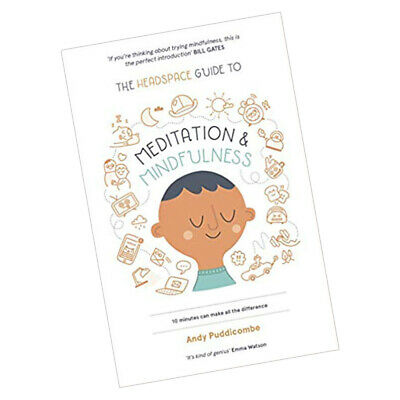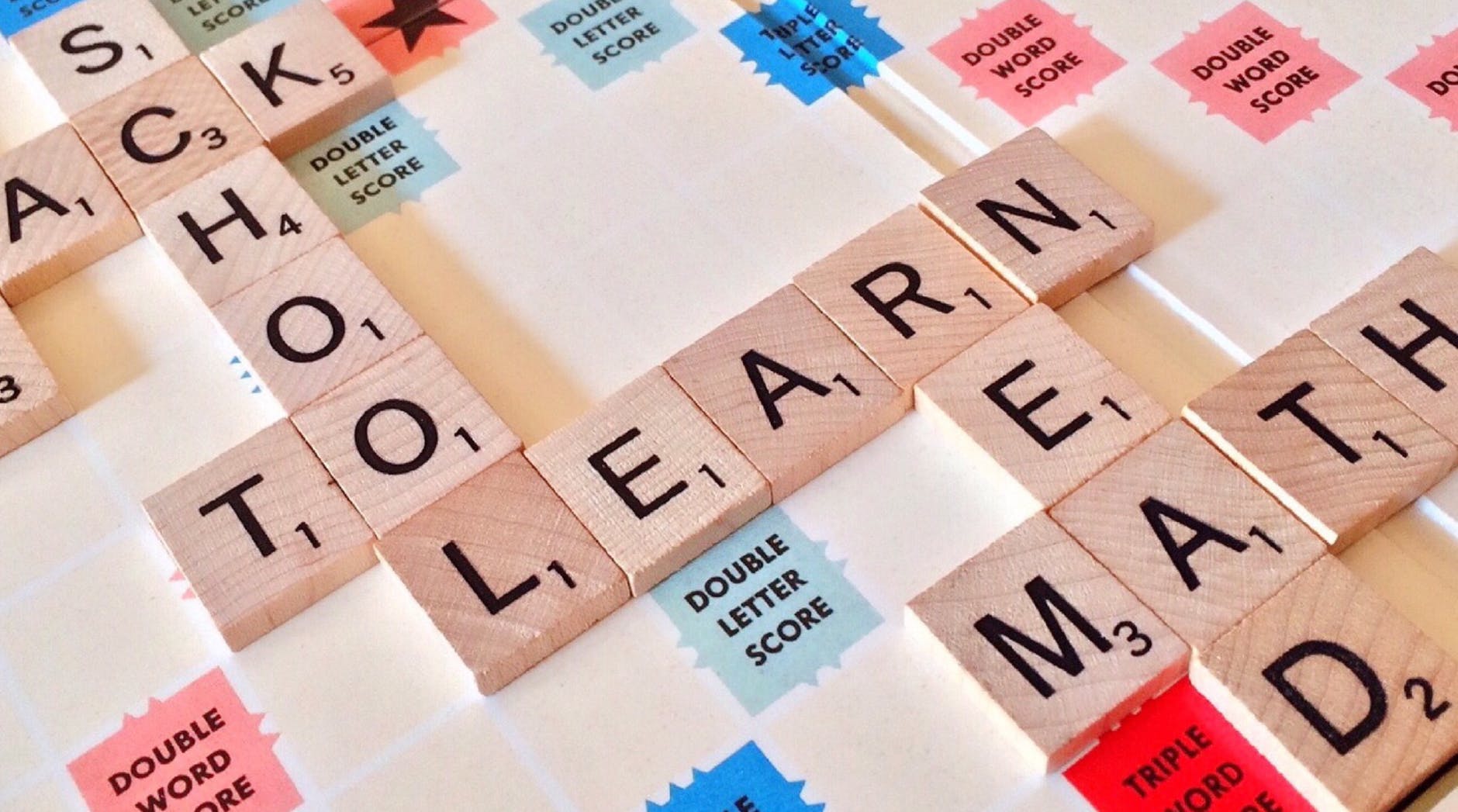He has set up the Headspace organization with one simple aim in mind: to demystify meditation and make it accessible and relevant to as many people as possible.
His book “The headspace guide to meditation and mindfulness” is a treat to read. In very simple manner, he has explained about training one’s mind to be calm and peaceful in different stressful situations. Three areas to train one’s mind include: i) Approaching the subject of meditation ii) Practicing meditation and iii) Integrating meditation to daily life.
While I shall write on the three areas in a separate blog post, ten suggestions from the book on living more mindfully are:
- Perspective—choosing how you see your life: “For meditation to be effective it doesn’t really matter how you view your life. But it can be useful to acknowledge the general theme, because that way you can be more alert to the tendency to slip into negative patterns of thought”. Its not what’s happening outside of ourselves that causes us the most difficulty, but rather what’s going on inside our own minds—which, thankfully, is something that can change.
- Communication—relating to others: There is no use of taking out own frustrations on others.
- Appreciation—smelling the roses: Be grateful and notice small things in life which provide you happiness and be appreciative.
- Kindness—toward both yourself and others – When you are kind to others, it will provide you a peaceful feeling; try it and see for yourself.
- Compassion—in the shoes of others; Put yourself in shows of others. Thinking from other’s perspective and putting yourself in others’ shoes will help avoid picking up fights with other people.
- Balance—Life is like a sea; full of ups and downs. Fluctuations are part of life. Mind’s training through meditation can help develop a balanced approach.
- Acceptance—Notice the moments of resistance in a day and start becoming aware of the what cause resistance. Let it go and accept life.
- Composure—letting-go of impatience. Meditation is not about getting results. It is about becoming aware.
- Dedication—sticking with it; Practice will make things happen.
- Presence—living life skillfully; This means have presence of mind and not to say something spontaneously on which you will have to regret later. Have the strength and stability and don’t respond impulsively.
Looking forward on learning more on mediation and how to mediate? Feel free exploring more from https://www.headspace.com/meditation-101/what-is-meditation






 I recently came across a very interesting story from the book:
I recently came across a very interesting story from the book: 




 Finally, he pulled out his sword and smashed it down on the knot, cutting it in half!.
Finally, he pulled out his sword and smashed it down on the knot, cutting it in half!.

Share your thoughts & contribute by making comment